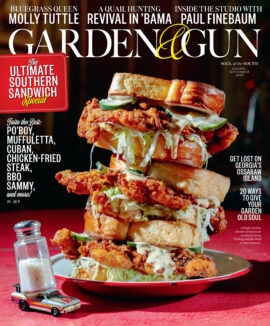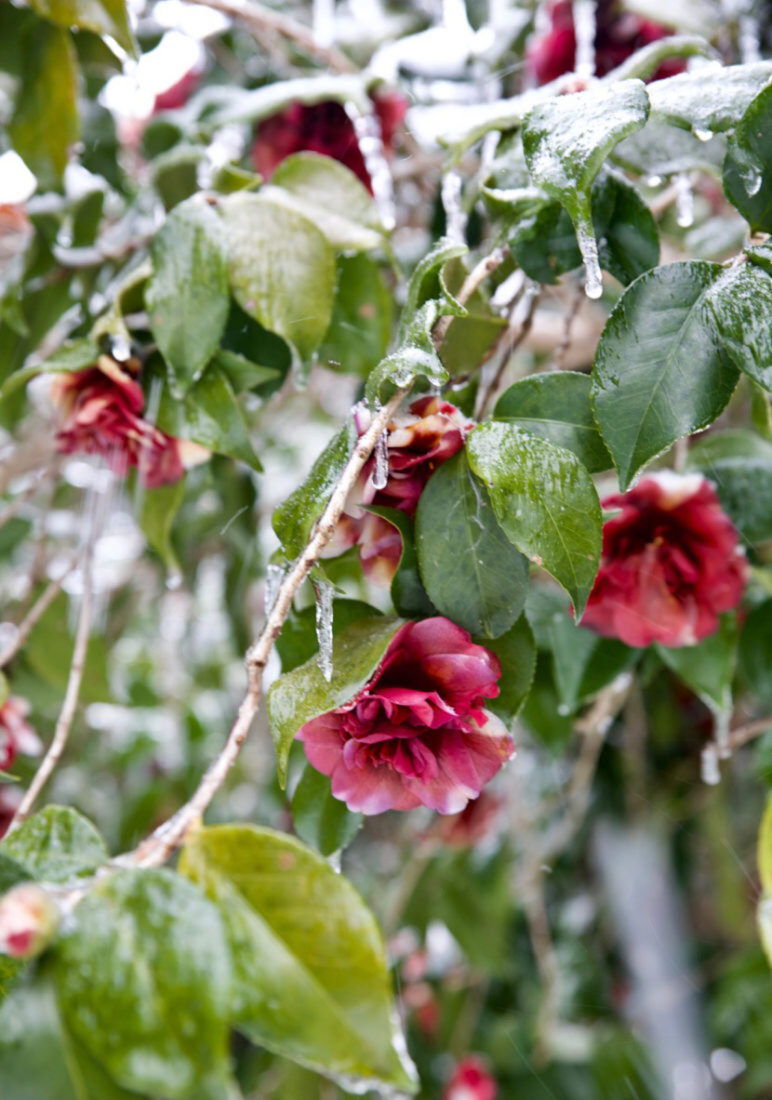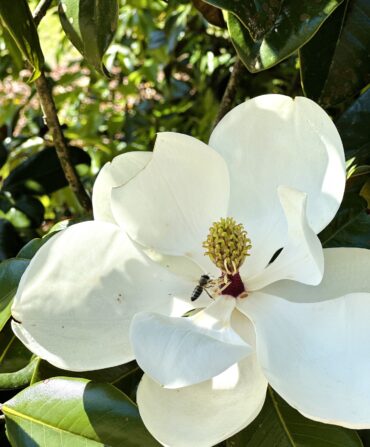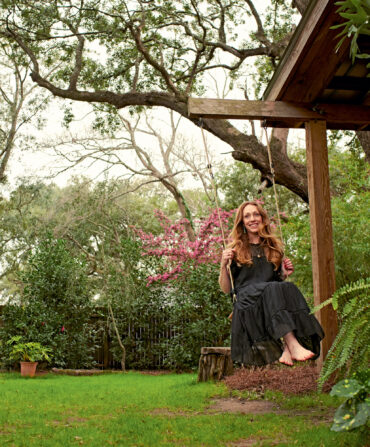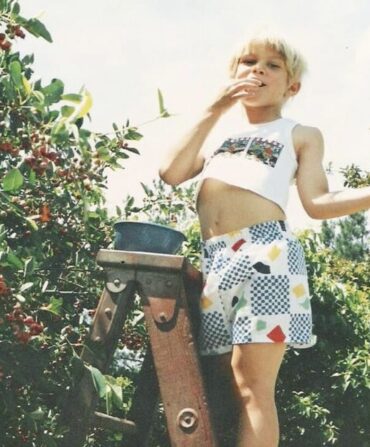I’ve lived in Charleston, South Carolina, for fifteen years, and I can count on one hand the number of deep freezes that have occurred: One in January of 2018, when I gave birth to my little boy in the middle of the Charleston “blizzard,” and my parents couldn’t get over the Ravenel Bridge to meet him right away because it was closed due to projectile icicles dangling off the cables, and one during December 2022, when frozen outdoor hot water tanks and pipes wreaked havoc for days.

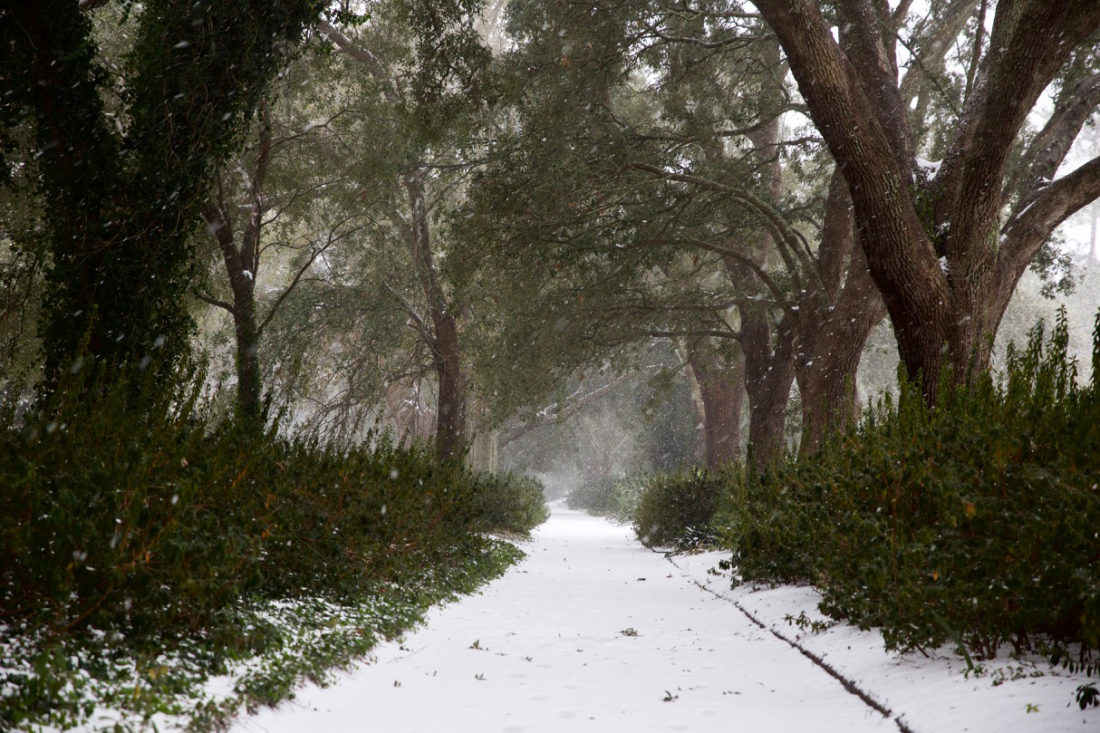
In both cases, the extreme cold either severely burned or obliterated all manner of citrus, palms, and tropical plants. While the northern reaches of the South are more used to such plummeting temperatures and snows, Deep South gardeners can sometimes be caught unprepared.
This fall, I took a cue from my Northeastern friends and had all of my pipes meticulously insulated. Just in case. And I also started doing more research about protecting sensitive plants in milder freezes and beyond, including asking a few experts for wisdom on the subject.
“In areas like the South, plants are not used to dealing with freezing temperatures—and they often don’t go fully dormant,” says Tamara Hogan, of the online horticultural emporium Fast Growing Trees, based in Fort Mill, South Carolina. Examples of species prone to damage include citrus, avocado, olive, and banana trees and tropical flowering plants such as bougainvillea, hibiscus, and mandevilla, as well as succulents and perennials. “Because of these two factors, when cold snaps happen, those plants aren’t able to protect themselves.”
If you are unable to bring plants inside, Hogan suggests two ideas. First, protect the root ball by watering it generously and then mulching around it using a wood-based mulch formed into a doughnut shape one to three inches deep. “Water can actually be an insulator within the soil level, so too-dry soil can be more harmful to roots being exposed to a hard freeze than moist soil,” Hogan says.
Then cover the plant in a frost cloth, burlap, or a light linen. Work from the bottom up, add a second layer, and anchor it all the way to the ground with the likes of twine, creating a “tent” of insulation. “Burlap can be used, but frost cloth is preferable since it still allows for airflow but doesn’t collect moisture like burlap does. The goal is to wrap and protect the tree, so if burlap is what you have access to, that is better than not protecting the tree at all.”

Even with all this prep, Hogan warns that when temperatures dip too low for too long (as they did in both freezes mentioned above), damage will still occur with some Southern plants. “If you do see any cold damage, prune it off in spring, and get a root stimulator on the plant to help move materials from the roots up to push out new growth,” she says. Most nontropical fruit trees, ornamental and shade trees, evergreens, and popular Southern shrubs like azaleas, roses, gardenias, and boxwood should all do alright.
Kendal Leonard, the co-owner of Meeting Green garden center here in Charleston, agrees and suggested an additional (and inventive) idea. “Mulching around sensitive plants and covering them to the ground with something that holds in heat will help your plants stay warm, and Christmas lights can also be used when properly managed.” The ambient light of the tiny bulbs produces enough mild heat to stave off frost, but, as with anything involving electricity, choosing lights wired for outdoor use is essential, as is careful monitoring. “The lights should be incandescent and wrapped around inner branches, while the outer branches would be wrapped in nonwoven or (nonnatural fiber) cloth or plastic to contain the small amount of heat,” Leonard says.
Knowing all this, I’ll likely have the eccentric garden in the neighborhood this winter with the twinkling plastic yard sculptures.

